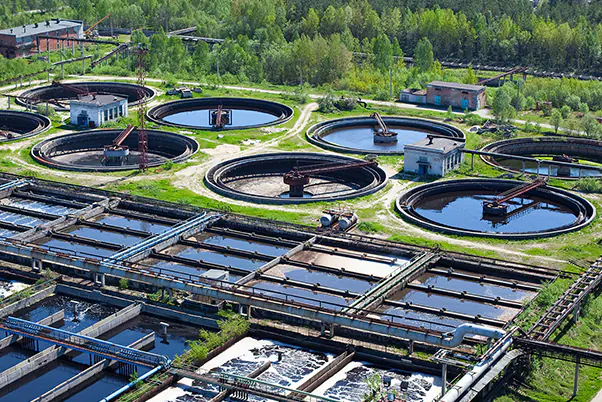
Wastewater treatment is a water and sewage purification process in which contaminants are removed from effluent to allow the water to be returned to the water cycle with an acceptable environmental impact. For those who work at these plants, gases are very potent hazards that could threaten safety at any moment.
The most frequent gases encountered in water sanitation and wastewater management are methane (CH4), ammonia (NH3), chlorine (Cl2), ozone (O3), carbon dioxide (CO2), and nitrogen (N2). Each year many severe gas accidents occur worldwide. That’s why OBW highly recommended installing and using several water treatment gas detection units.
Wastewater plants are full of confined spaces, such as recirculation pits, clarifier tanks, manholes, and pumping stations. These spaces can be hazardous on their own, but the danger increases when you consider the gases that frequently permeate the air at wastewater treatment facilities.
Workers must be provided with personal gas detection to perform pre-entry checks and ensure their safety while in confined spaces. The use of a pumped gas detector to perform clearance measurements allows for the presence of hazardous gas to be monitored prior to an employee entering the space. Once this check has been carried out and established it is safe to enter, personal monitoring must be carried out continuously. The concentration of gases in a confined space can change quickly, due to leakage for example, so continuous monitoring is vital.
Chlorine and Ozone are commonly used in the chemical disinfection process, and they pose a risk to workers. They can cause explosions, poisoning, and fires, as well as oxygen depletion. To ensure worker safety, both require precise handling, adequate protection, and continuous monitoring. If the levels of chlorine, ozone, and hydrogen sulphide are high. It just takes a few seconds for dangerous pollutants to harm employees, such as methane or a shortage of oxygen.
From the Blog



If you have any questions about our products or services, please feel free to contact us.

Join our mailing list to receive the latest news and updates from our team.